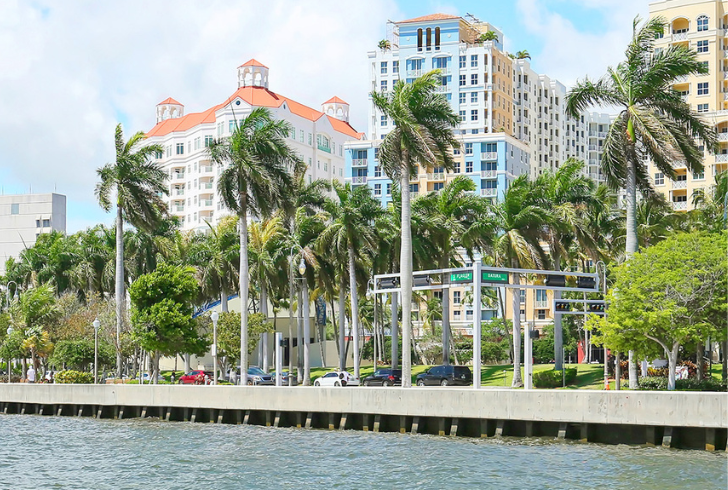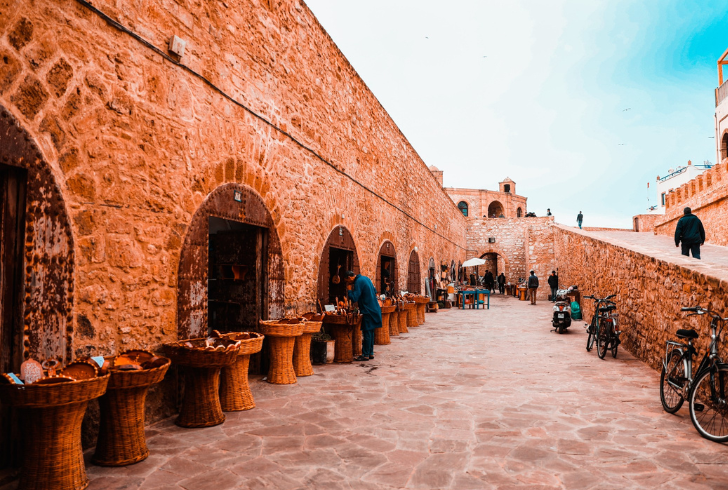Travel isn’t just sightseeing. It’s eavesdropping on centuries of architecture, tasting someone’s grandmother’s recipe at a street stall, and getting mildly lost in a place that looks nothing like home. Here’s a curated dozen of cities where design, culture, and history intersect — not in a brochure-y way, but in ways that stick with you.
1. Cartagena, Colombia
Cartagena isn’t “frozen in time”—that would imply it’s quiet. It’s very much alive. The historic walled city crackles with color and noise, from clanging church bells to street vendors hawking fresh arepas. Its baroque balconies and vine-draped facades aren’t just for show; people live there, work there, and dance in those courtyards. Skip the overpriced tours and wander solo — chances are, you’ll find better stories between shops than inside any museum.
2. Palm Beach, Florida

Yes, it’s where old money vacations, but Palm Beach has architectural bite if you know where to look. The Addison Mizner estates don’t just imitate Mediterranean styles — they practically started the trend in America. Walk the Lake Trail to get a peek at mansions that whisper Gatsby-level secrets, then hit up Northwood Village, where local artists are giving this pastel paradise some grit and edge.
3. Istanbul, Turkey
You can’t talk about “layers of history” without Istanbul. This is where empires collided and never fully untangled. The Hagia Sophia is awe-inspiring, sure, but don’t miss the 1970s apartment buildings retrofitted with rooftop cafés in Cihangir. The city shifts gears fast — you can sip thick Turkish coffee under an Ottoman archway, then walk five minutes to a gallery showing AI-generated calligraphy.
4. Mexico City, Mexico
CDMX doesn’t play by the rules of city planning, and that’s part of the thrill. In one block, you’ll hit a Brutalist government building, a crumbling colonial church, and a taquería blasting cumbia. Roma and Condesa get the headlines, but Juárez is where you’ll find vintage design stores next to shoe-repair stalls with 70 years of history. Also, don’t underestimate the Museo Tamayo — it’s quietly one of the most ambitious museums on the continent.
5. New York City, New York
New York doesn’t ask for your attention; it demands it. Everyone talks about Central Park and the Met, but dig deeper. Walk Riverside Drive for pre-war architectural gems that don’t get postcards. The Tenement Museum on the Lower East Side? Surprisingly emotional. And if you want a true design pilgrimage, go to the TWA Hotel at JFK. It’s airport nostalgia but with genuinely inspired architecture.
6. Tel Aviv, Israel
It’s not just “old meets new” — Tel Aviv is more like Bauhaus meets beachwear. The White City has the largest concentration of International Style buildings in the world, but what makes it sing is the contrast: a Bauhaus facade next to a hummus shop that hasn’t changed since 1963. Jaffa, meanwhile, is still gritty in parts — in a good way. Less curated, more character.
7. Palm Springs, California
Mid-century design gets fetishized here, sure, but there’s substance under the surface. The best architecture isn’t always on the tours — check out the Twin Palms neighborhood early in the morning when the light hits the butterfly roofs just right. And while the design crowd sips martinis at brunch, go dig through the antique malls. That’s where the weird, wonderful, not-in-the-books design treasures live.
8. Antibes, France
Antibes is where Picasso once traded paintings for rent. That tells you something. The old town is lovely, yes, but what’s really interesting is how it holds both blue-blood affluence and salty, everyday life together. You’ll find fishermen gutting the morning catch a stone’s throw from mega-yachts. It’s polished, but not too polished.
9. Essaouira, Morocco

Essaouira isn’t trying to impress you — and that’s its charm. The medina is small, navigable, and refreshingly low on sales pressure (by Moroccan standards). Blue shutters, whitewashed walls, a salty Atlantic breeze — it all feels accidental and cinematic. You’ll stumble upon Gnawa music jams and maybe buy a carpet without fully planning to. That’s how Essaouira gets you.
10. Corsica, France
Corsica has a wild streak. The villages aren’t quaint in the postcard sense — they’re raw, windswept, and often feel like they’re built to defy gravity. The local language (Corsu) still hangs on, and menus switch between French, Italian, and Corsican with zero warning. Go inland. Skip the beaches for a day and hike through the chestnut forests around Corte — you’ll see a version of France that feels practically prehistoric.
11. Lake Garda, Italy
Lake Garda doesn’t pose for Instagram, which makes it better. Sirmione gets the attention, but smaller towns like Limone sul Garda or Malcesine have more texture. Olive oil tastings, crumbling castles, alpine-meets-Mediterranean vistas — it’s a region where slow travel actually works. Take the ferry instead of driving. You’ll thank yourself when the wind picks up across the lake.
12. London, England
London is chaos in a trench coat. It’s history, style, and sarcasm crammed into one endlessly sprawling metropolis. The British Museum’s great, but Sir John Soane’s Museum is unforgettable. Don’t just “do” Shoreditch — dig into Spitalfields, where the Huguenot silk weavers once lived. London rewards curiosity. And walking. Lots and lots of walking.
These aren’t just pretty places — they’re living, breathing, complicated cities that invite you to notice the details, not just snap the skyline. Go with questions. Leave with better ones.




